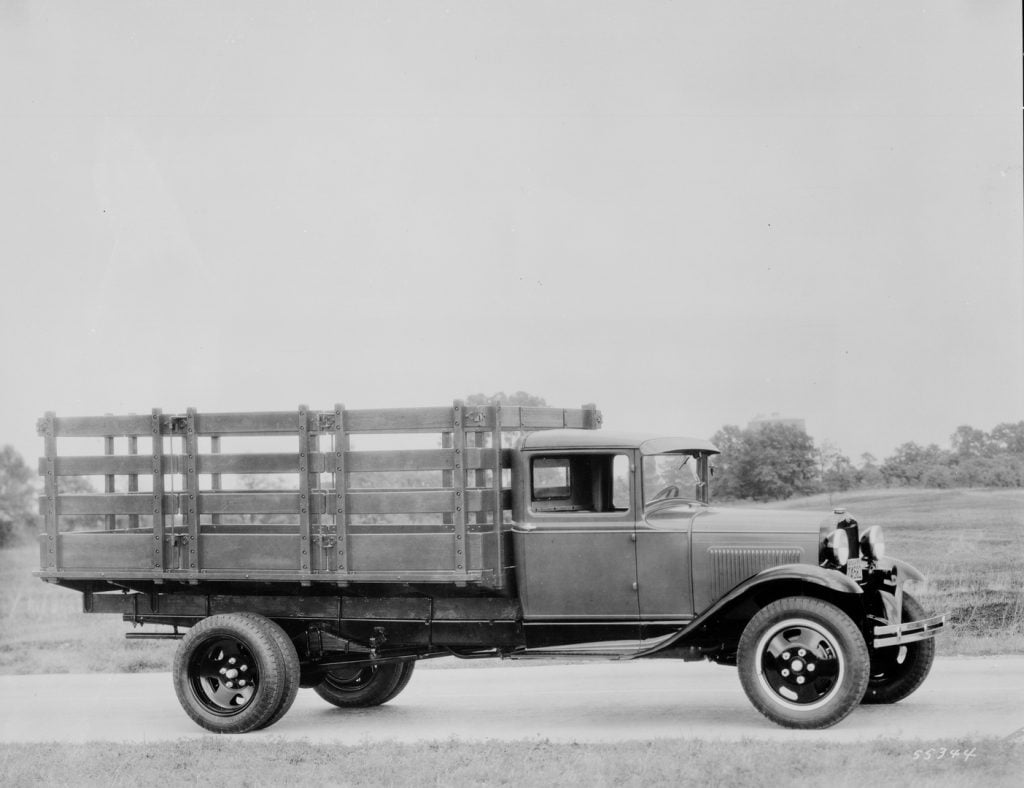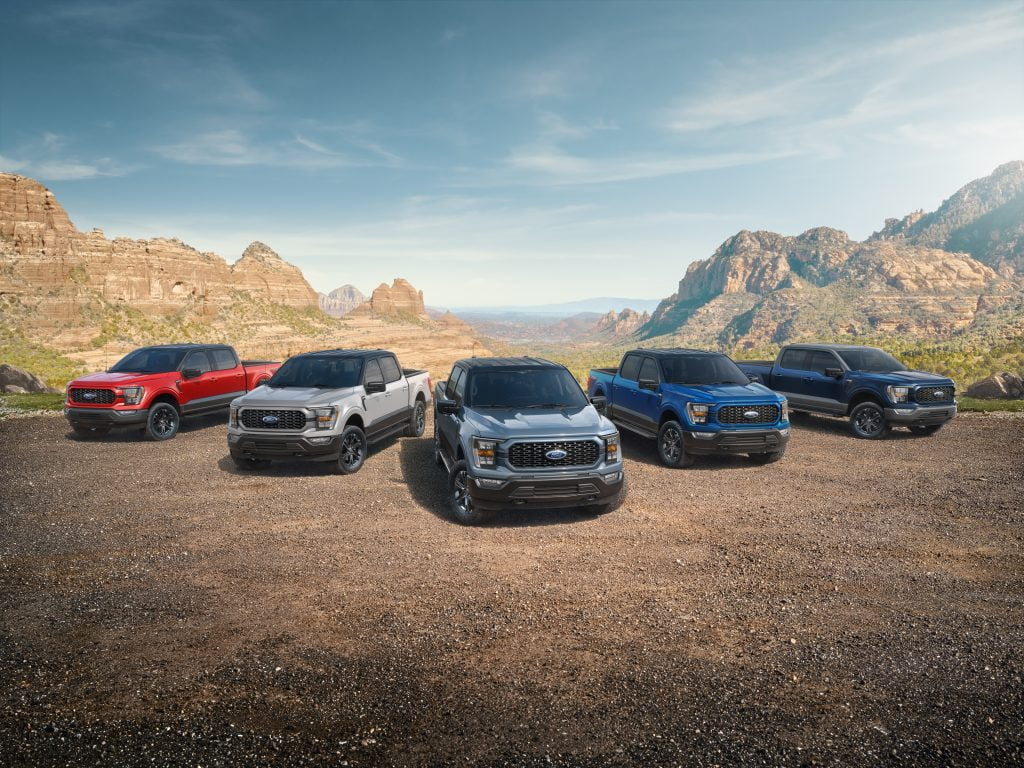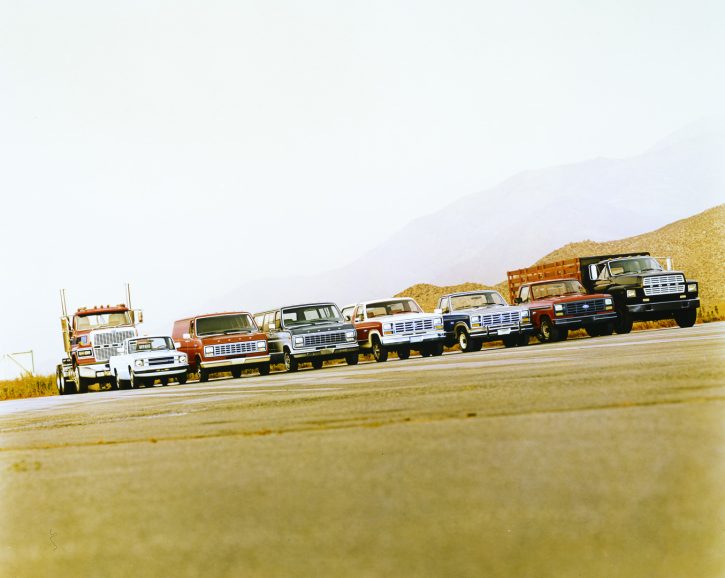Buy a Ford pickup this year, and you’ll see a special sticker on the upper windshield declaring that the F-series you just bought is celebrating its 75th year in production. This legacy started with the F-1 in 1948, the first all-new pickup designed and built after the war.
Since then, F-series truck production has remained a constant over the last ¾ of a century. It’s one of the longest continuously running nameplates behind the Chevy Suburban, constantly built since the mid-30s.
However, even before the F-series, Ford was building trucks, and just this year, the Ford Motor Company archives released model photos from the first 100 years of its history. That’s where I sourced these photos from. Enjoy.
Ford’s truck story started in 1917 as America entered the First World War. By that time, some 10 million horses had died since 1914 in the war effort on both sides – and it was obvious that trucks, not horses, were the answer to the American army’s needs.

1917 Ford Model T Army Ambulance.
All of Detroit stepped up, producing every conceivable body for the truck’s frames and shipping them to Europe. It was in the mud of Flanders that trucks proved themselves.
With the war over, a sea of surplus trucks were sold to the public, and for the first time, many farmers were replacing their horses with lorries too. And that trend continued right up to the next war. By the 1930s, more businesses turned to trucks – and with their potential to carry greater loads, commercial over-the-road trucking was born.

1930 Ford Model A Roadster Pickup Truck
But the real explosion in truck production started in 1948 with the first complete redesign of a pickup truck since the late 30s. This truck arrived as a post-war economic (and population) boom started. Small businesses exploded, and the F-1 was the constant companion of an army of new tradespeople. Construction of all types boomed across the country – and to get people to these new housing developments, the Interstate system was built all through the 1950s. Throughout that decade, Ford always reacted and built trucks for these established and new customers.

1951 Ford F-1 Pickup Truck
By the 1960s, trucks were more extensive, and the cabs were better equipped. Ford also saw the potential of bringing truck bodies to its Econoline and Ranchero models. They were also one of the first to offer 4WD.

1961 Ford F-100 Econoline and Ranchero Pickup Trucks
As the ’60s gave way to the ’70s, Ford marketing claimed the F-series “worked like a truck and drove like a car.” This foreshadowed a cultural shift towards trucks becoming daily vehicles.
However, no matter how luxurious cabins became, the trucks were always shown jumping, speeding, and carrying the competition up the mountain sides – “Built Ford Tough” was not only a slogan – the factory wanted customers to know that they knew how rough their trucks were treated in the real world – and they were OK with that.
The demand for trucks grew exponentially through the ’80s and ’90s, so much so that Ford spun off the Heavy-Duty segment by introducing Super-Duty in 1998 – Ford recognized the needs of this other segment of the truck-buying public – those who tow and haul heavy loads. And this is where the company has consistently led – identify and fill truck buyer needs.
By the turn of this century, Crew Cabs had taken over, and 8-foot beds were as rare as two-door cabs. Times they had changed again. Again F-series answered customer needs and created a new line of trucks that were so much more family-focused. That trend continues – as does Ford’s ability to offer models that buyers want.

2023 Ford F-150 Heritage.
Today, yes, we’ve reached the 75th anniversary of F-series. What does that add up to? Last year, the Rouge River plant in Dearborn, Michigan, turned out the 40 millionth F-series truck. And that’s just since 1948, with no end in sight.




